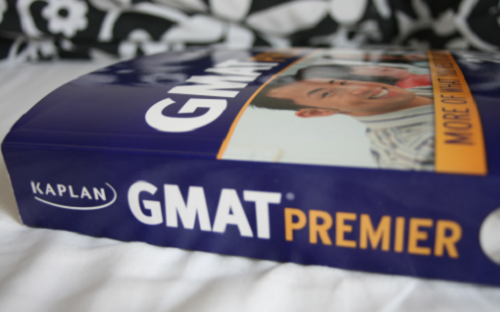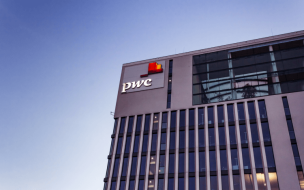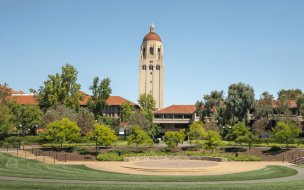See the latest average GMAT scores for the world's top MBA programs
Out of the Financial Times’ global top-20 ranked MBA programs, Stanford boasts a 737 record-highest class average GMAT score – based on its incoming MBA class in the fall of 2016 – up from 733 the previous year.
The US business school elite – Wharton with a 730 class average GMAT score, Harvard with 729 (up from 725 in 2015), and...
INSEAD’s class average GMAT score has increased gradually from 700 to 706 in the past two years. London Business School (LBS) is the only other Europe-based business school to boast a class average GMAT above the 700 mark in the Financial Times’ global top 20.
“The increase in the GMAT average in recent years is reflective of the increase in competition,” says David Simpson, MBA admissions director at LBS.
“We are not chasing a higher average score. We enroll the individuals we think will add value to the classroom. Saying that, a higher score does make an application more attractive, even though the test is only one of several key measures.”
Up till now, the GMAT was compulsory for all LBS MBA applicants. But with the next intake, the school will begin to accept the alternative GRE. David anticipates that up to 5% of the next incoming LBS MBA class will take the GRE rather than the GMAT.
Elsewhere, the number of incoming MBA students taking the GMAT has decreased gradually with more applicants looking to other options. IE Business School, which accepts both the GMAT and the GRE, also offers its own admissions test. The IEGAT requires no prior preparation.
Cambridge Judge Business School’s class average GMAT has increased from 675 to 690 in the last two years. 10% of 2016’s incoming MBA class took the GRE over the GMAT, up from 5% in 2014.
MIT Sloan has seen the percentage of its incoming MBAs with GMAT scores decrease from over 90% in 2014 to 86% in 2016. At NYU Stern, 11% of incoming MBA students take the GRE.
At Yale School of Management, over 25% of incoming MBA students snub the GMAT.
“We’ve seen a consistent and robust number of non-GMAT test-takers over the past few years,” says Laurel Grodman, Yale SOM’s director of admissions.
“Roughly half of the students who do not submit a GMAT are joint-degree candidates, who may have focused on another exam that also can be used for their other degree program.”
Although the GRE is increasing in popularity, the GMAT is the b-school-specific admissions test that b-schools know best. Hong Kong’s HKUST Business School started accepting GRE scores two years ago, but almost all its incoming MBA students are GMAT-takers.
“We have more trust in, and are more familiar with, the GMAT,” admits Sarah Wong, the HKUST MBA’s executive officer of marketing and admissions. “We always advise candidates to take the GMAT if they haven’t taken any test yet.”
Here’s the average GMAT scores for the Financial Times’ top-20 global MBA programs:
The data in this article was sourced from business schools in March 2017. Data in the table relates to the most recent incoming MBA class of 2016. *GMAT scores marked with an asterisk were sourced from www.beatthegmat.com
Register for free to continue reading
RECAPTHA :
af
3d
24
0b












The best of our Premium Articles